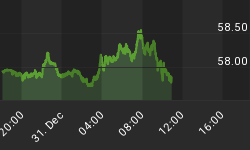Figure 1 is a weekly chart of the SP500. The indicator in the lower panel is a composite that looks at the relative strength of the 9 SP500 sectors: Materials, Consumer Discretionary, Consumer Staples, Energy, Financials, Healthcare, Industrials, Technology and Utilities. The indicator has been smoothed with a 39 week exponential moving average. When looking at the data, which goes back to 2001, we note how effective the indicator was at identifying intermediate term market tops. In other words if an investor was patient, they could get better entry points.
Figure 1. Relative Strength Indicator
The indicator remains at a high value and in the zone where past intermediate term market tops have occurred. As discussed in this article, buying at this juncture with the indicator in this position was a losing strategy overall, but for the more nimble trader, prices did move up and down enough to catch modest point moves. The buy and sell signals from that strategy are noted on the chart above. As it turns out, the indicator entered the extreme zone 13 weeks ago. The average length of time that the indicator spends in the extreme zone before rolling over is 13 weeks. Of the 6 occurrences over the past 13 years, the longest trade or occurrence in the extreme zone lasted 21 weeks.
Our relative strength indicator remains consistent with a market top, and the indicator still continues to act within the realm of prior instances when it was extreme. Once again, we are closer to the end of this rally than the beginning.
Want more TacticalBeta? See our pricing chart and upgrade today. Get Started Now
















